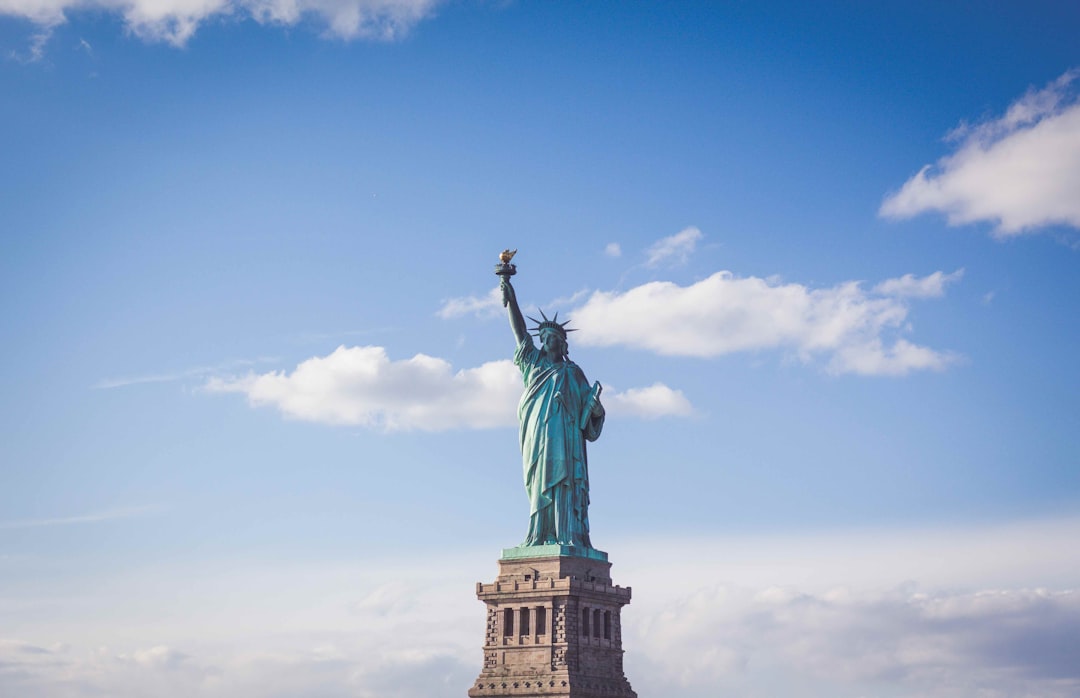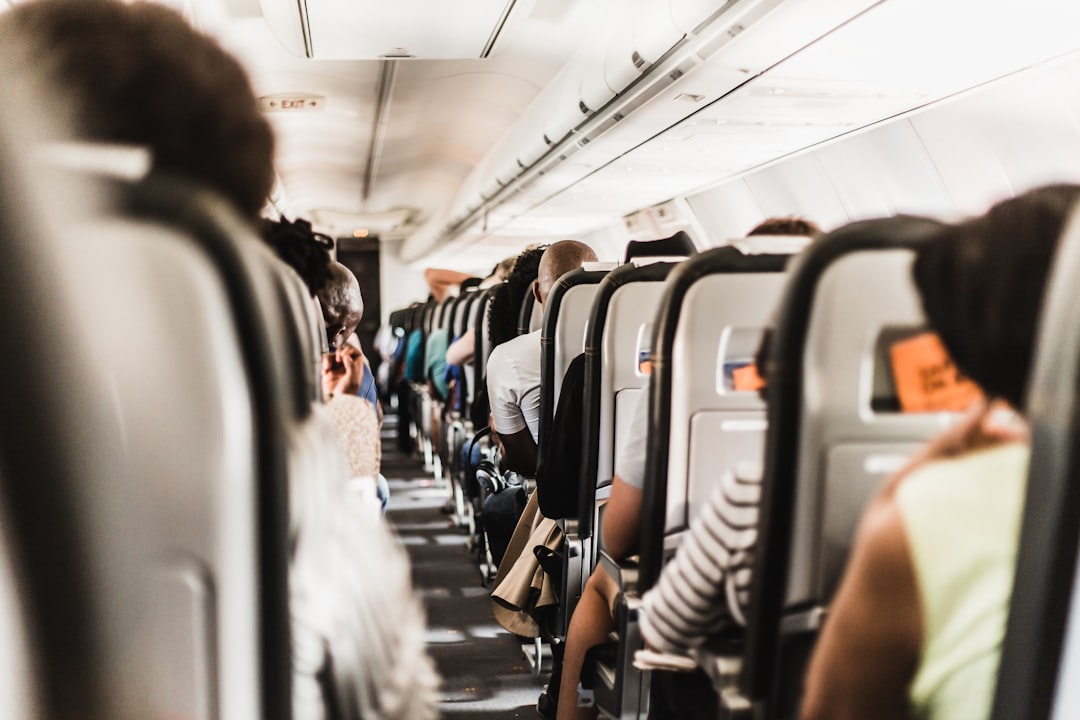Tourism Forecast Takes a U-Turn in 2025

In early 2025, experts thought more people from other countries would visit the U.S. But instead, the number of foreign tourists is going down. A report by Tourism Economics now predicts a 9.4% drop in international visitors—after earlier expecting growth of nearly 9%. One big reason? New tariffs and strained relations under President Trump’s policies. Countries like Canada and those in Europe are sending fewer visitors. This means fewer customers for hotels, restaurants, and attractions that depend on tourist money.
Economic Impact on the Tourism Sector

A drop in tourists isn’t just a travel problem—it’s an economic one. Financial experts from Goldman Sachs estimate this could shrink the U.S. economy by $23–71 billion this year. That’s a lot of lost spending at hotels, museums, shops, and theme parks. In 2023, travel made up 3% of the U.S. economy and supported more than 6 million jobs.
Fewer Visitors from Canada and Europe

Canadians have always been the top visitors to the U.S., but now that’s changing. This year, visits from Canada are down 20%, and trips from Europe are down 17%. That’s billions of dollars not being spent on U.S. soil. Experts say Canadians alone might cut back $9 billion in travel spending.
The “Trump Slump” Is Real

Travel industry insiders are calling this drop the “Trump Slump.” In March 2025, international visits to the U.S. were down over 11%. Tensions over tariffs, immigration, and international politics are scaring off would-be travelers. Even visitors from China and India are avoiding U.S. trips due to long waits and unfriendly policies.
Americans Are Also Traveling Less

Many Americans are feeling uncertain about the economy. According to the Conference Board, consumer confidence fell sharply in April 2025. People are worried about rising prices and job security. With new tariffs on everyday items, some families are canceling vacation plans to save money. Foreign governments like Germany and Canada have warned their citizens to be careful when visiting the U.S. Some travelers report being treated poorly at the border, while others are delayed or denied entry. That discourages repeat visits and hurts America’s image abroad.
Tourist Cities Are Feeling the Pain

States like Nevada, Florida, and California are seeing fewer international visitors. In Las Vegas, visits dropped 8% in March. Hotels, shows, and tours that depend on foreign tourists are seeing fewer bookings. Even coffee shops and souvenir stores are noticing the slowdown. Before 2025, the U.S. was close to recovering from pandemic-era tourism losses. Now, experts say it might take until 2029 to fully bounce back. Political instability and global image issues are making travelers pick other destinations like Canada, Japan, or Spain.
States Are Trying to Fix It Themselves

Some state leaders aren’t waiting for federal help. California, New York, and others are launching their own marketing campaigns to invite back international tourists. They’re also offering easier visa support and promoting safety to rebuild trust.
Conclusion: Navigating the New Landscape

The ongoing decline in international tourism has forced the U.S. travel industry to rethink its approach, prioritizing domestic travelers and seeking new sources of growth. Businesses are investing in data-driven marketing and local experiences to attract American tourists, while policymakers weigh the economic costs and benefits of current trade policy. The future of U.S. tourism will depend on how quickly the sector can adapt to these new realities and whether diplomatic efforts can restore confidence among international travelers. Each stakeholder, from major cities to small-town inns, faces a test of resilience in the evolving global landscape.




